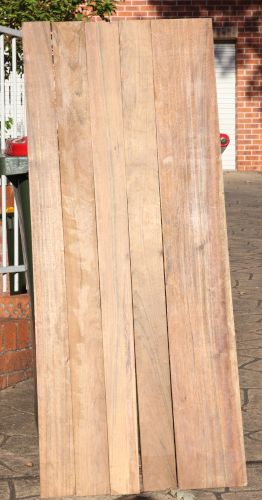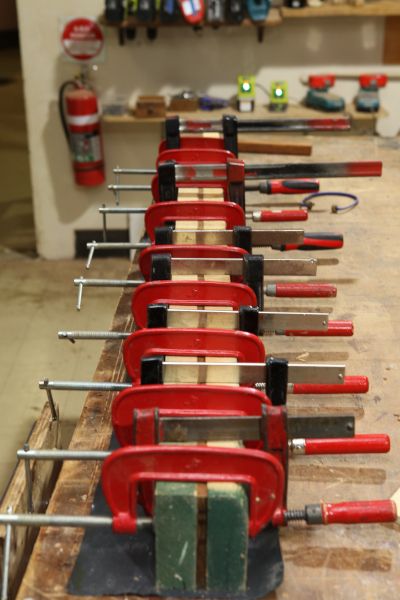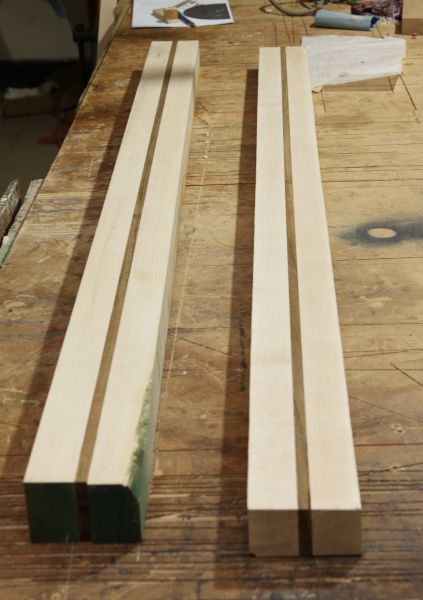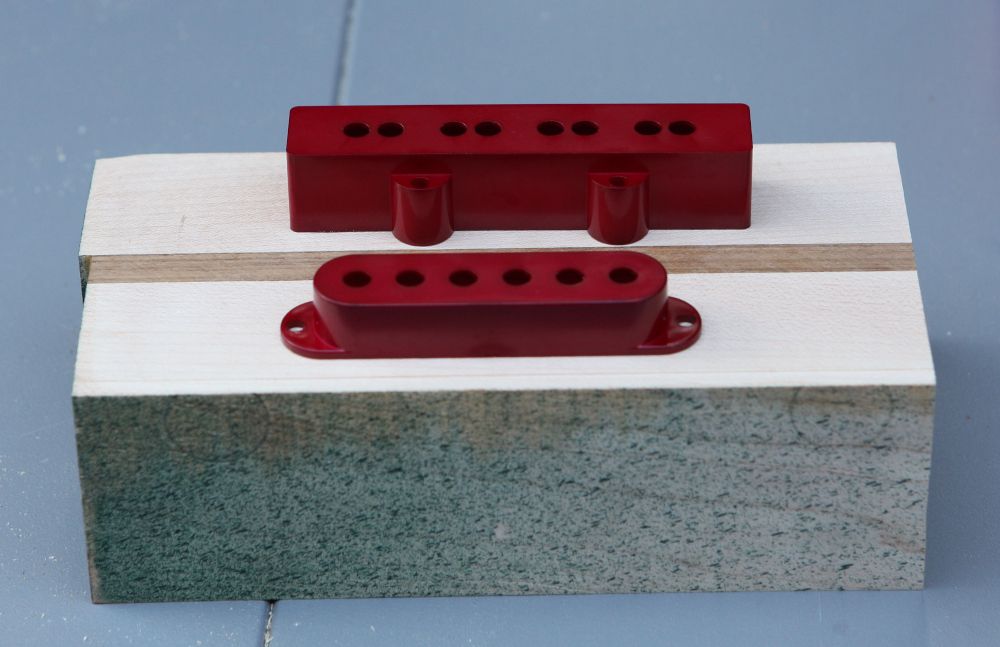Howdeee all
So, I'm kinda tackling 3 builds at once (although my next kit hasn't shipped yet, hopefully this week)
This thread covers the build of a Cliffenbacker.
My journey began with an ill fated trip to a timber merchant. I was looking for rock maple and Ovangkol. Well the price for the maple was a bit absurd, and I knew where I could get it at a better price... for larger pieces. They didn't have any Ovangkol that was close to what I needed, the closest they has was a piece about 2 or 3 times as much as I wanted. When I inquired about it I was told that their next shipment will be their last, and that the timber had been listed. I went home empty handed, but the thought that I would not be able to get it again kinda stuck in my mind. The next day, in the rain (the beginning of the Sydney floods), I drove back out there and paid the ridiculous amount asked for the timber. I then found out that it wasn't listed, but three other species of the same genus (traded as Bubinga) had been. Not only that, but Ovangkol was listed as sustainable and "a species of least interest".
Most of the luthiery community call it Shedua. The reason for wanting this timber, is that that is what Rickenbacker were using as the central laminate of the mid to late 70s 4001s. I figured on using it for finger boards for this and the other scratch build.
But wait, there's more! I took it to the "Shed" to get a hand re sawing it on the big band saw into the pieces I needed. Sadly my guitar making pal wasn't there that day. The old fart who was going to help me, and with no clue what the timber was informed me "can't do it, it's hardwood." . Yeh, some help that was. He wanted to do what was convenient for him and have me wast expensive timber by cutting the whole thing in half, then making a few passes through the table saw to free the pieces I needed. Rather than do that, I suggested I don't cut it in half, do the cuts he suggested, which would leave a 30mm strip of timber to be cut through to free the slab. Again "can't do that, it's hardwood" . So in the end I didn't even get to use the table saw and ended up wasting my morning getting nothing done. I ended up doing what I suggested at home on my dodgy table saw and freeing the slab with a reciprocating saw.
The fence on my saw wasn't stable enough for what I needed to so, so the cuts weren't square to the edge of the timber.What I ended up with was a bit of a mess and not all the strips were thick enough for the centre strip (one piece was). The rest was still thick enough for fret boards. A few days later my guitar building partner in crime helped me run them through the thicknesser to clean them up. here's what I ended up with:
Pics of the rock maple we picked up last week will be posted in my first scratch build thread tomorrow night after I have photographed them.








 Reply With Quote
Reply With Quote
 . It turns out that amongst the half dozen different bandsaws the shed has, there is a more substantial one in a back room that the old coot didn't bother to mention. I found out about it when we got our Maple because that's what the other guitar builder is going to use to resaw some maple tops.As for the rest of the two builds I don't need to resaw anything that wide. As it turns out, I was being a bit wasteful thinking I needed to make 100mm thick blanks. Both basses I'm building will fit within 50mm.
. It turns out that amongst the half dozen different bandsaws the shed has, there is a more substantial one in a back room that the old coot didn't bother to mention. I found out about it when we got our Maple because that's what the other guitar builder is going to use to resaw some maple tops.As for the rest of the two builds I don't need to resaw anything that wide. As it turns out, I was being a bit wasteful thinking I needed to make 100mm thick blanks. Both basses I'm building will fit within 50mm. ]
]

 )
)
 . The jazz pickup comes out of it's cover, the strat pup doesn't. I'll have to cut the top of the cover and glue it to the top of the cover already on the pup. You only get a glimpse of the top anyway, lurking underneath the bridge with the muting foam removed.
. The jazz pickup comes out of it's cover, the strat pup doesn't. I'll have to cut the top of the cover and glue it to the top of the cover already on the pup. You only get a glimpse of the top anyway, lurking underneath the bridge with the muting foam removed.


 . Still trying to track down a couple of 330k volume pots. I've seen 300k, but no 330k.
. Still trying to track down a couple of 330k volume pots. I've seen 300k, but no 330k.
